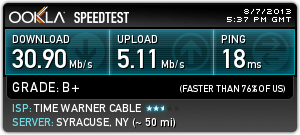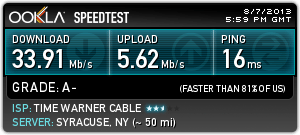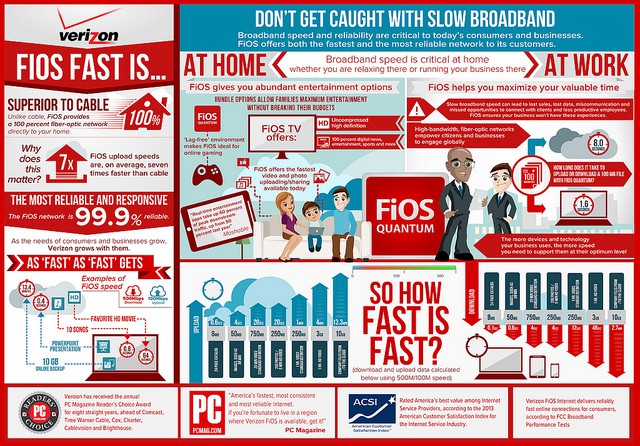 Charter Communications’ latest attempt to rehabilitate its reputation with customers in Fort Worth, Tex. arrived this week in area mailboxes, as Charter reintroduced itself as “Charter Spectrum.”
Charter Communications’ latest attempt to rehabilitate its reputation with customers in Fort Worth, Tex. arrived this week in area mailboxes, as Charter reintroduced itself as “Charter Spectrum.”
Fort Worth is the first major city to get Charter’s broad-based service upgrade that began more than a year ago with a switch to all digital television service.
The newly available bandwidth no longer needed to support analog television has allowed Charter to expand its video service to more than 200 HD channels, up from fewer than 100.
Customers also start their Spectrum experience with a free broadband speed bump — from 30Mbps to 60/4Mbps (with a barely enforced monthly usage cap of 250GB), and an improved cable telephone service with nationwide calling.
Charter CEO Thomas Rutledge openly admitted last year Charter had an inferior product compared against the competition. Upgrading Charter’s cable systems was designed to correct that and the company hopes its rebranding will deliver a marketplace reset, but some Charter customers remain skeptical.
“Same pig, fresh lipstick,” wrote one Charter customer in Missouri.
Others complain Charter’s upload speeds remain anemic at just 4Mbps.
Charter’s new pricing promotions were designed to simplify the shopping experience. There are now just three heavily promoted Spectrum triple play packages:
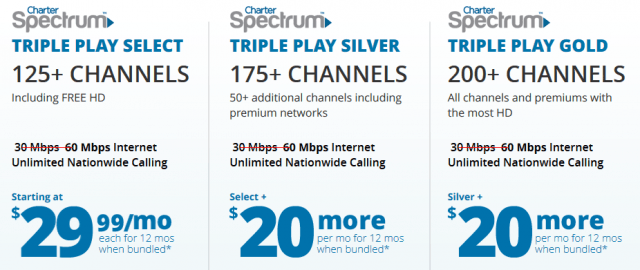
A customer taking advantage of the Triple Play Gold promotion will pay a one-year promotional price of $129.97 a month. (Customers can also select individual services or build their own double-play bundle). The fine print mentions the price rises to $149.97 the second year and then reverts to an undisclosed “standard rate” after that. TV set-top boxes are required on every cable-connected television ($7 a month each – not included in the price). The Internet modem carries no additional charge. Phone taxes, fees and surcharges are also covered, but other taxes, fees, and surcharges are not.
Offers are valid for new customers only, and those who have not subscribed within the last 30 days and have no outstanding debt obligation to Charter.
[flv]http://www.phillipdampier.com/video/WLOS Asheville Charter Going Digital 11-11-13.flv[/flv]
Charter Spectrum arrives only after your local Charter system moves to all-digital television service. That happened last fall in Asheville, N.C., where customers were told they needed a digital set-top box on every television in the home. WLOS-TV covered the story back on Nov. 11, 2013. (1:44)


 Subscribe
Subscribe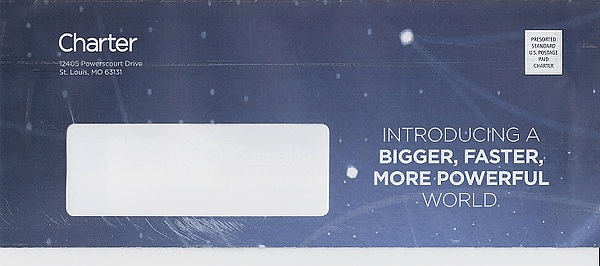


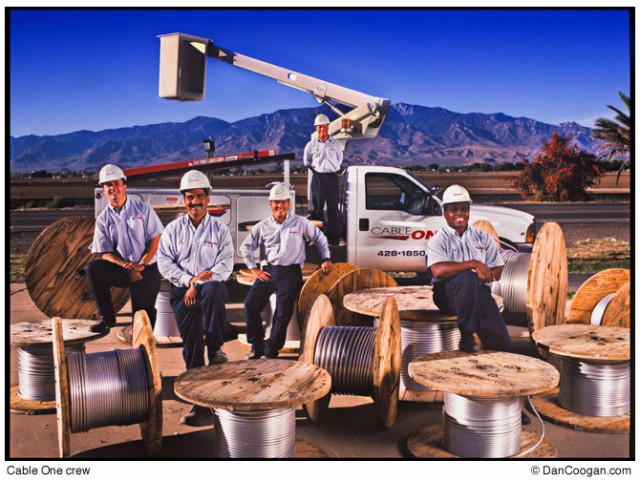 The 1.5Mbps, 5Mbps, 8Mbps, 10Mbps, 12Mbps, & 50Mbps services (some plans grandfathered for existing customers) have a cap of 300GB per billing cycle, while the 60Mbps and 70Mbps services respectively have 400 and 500GB data caps per billing cycle. Surfing Internet has a 50GB cap.
The 1.5Mbps, 5Mbps, 8Mbps, 10Mbps, 12Mbps, & 50Mbps services (some plans grandfathered for existing customers) have a cap of 300GB per billing cycle, while the 60Mbps and 70Mbps services respectively have 400 and 500GB data caps per billing cycle. Surfing Internet has a 50GB cap.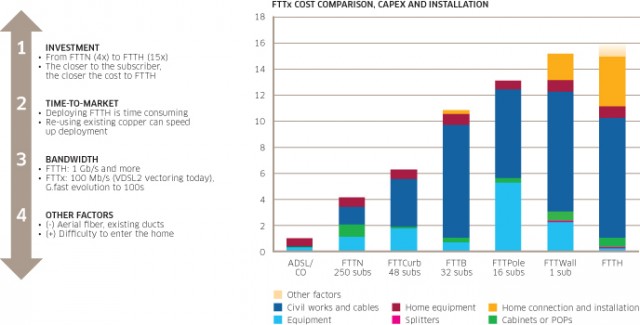
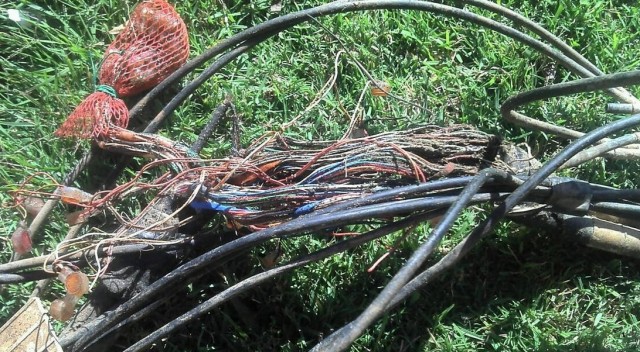
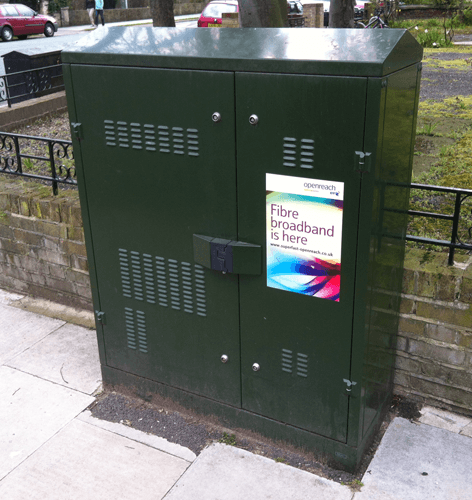
 Time Warner Cable broadband customers who briefly unplug their modems to reset them will discover slightly improved download and upload speeds from the cable company.
Time Warner Cable broadband customers who briefly unplug their modems to reset them will discover slightly improved download and upload speeds from the cable company.